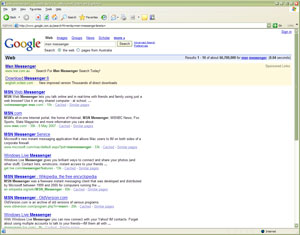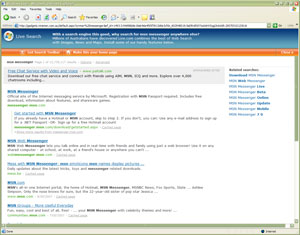Google have announced a revolutionary change to their famed search engine and its called universal search. The millions of people that use Google Search every day of the week would have probably considered it fairly ‘universal’ before, however that hasn’t got a drop on what they’re releasing to the market now!
Google universal search is going to allow you to search, as you did before with the familiar single search box; however many additional sources will be used to formulate the search results. As most people are aware, Google houses many different indexes of information:
- web sites
- news
- books
- local
- images
which have been available to internet users through different search locations such as http://www.google.com or http://news.google.com. While separating out various types of search information into different web sites might have made sense from a development and technical level initially, Google were not leveraging their various indexes to their potential. Even with the initial release of the universal search service, I’m sure there will be significant improvements to come in the near future.
The key to the Google universal search is that their disparate search indexes have been vertically integrated. For those that aren’t aware, vertical integration typically refers to taking totally separate sets, be it a business, process or data and combining them into a single unified service. By removing the barriers between their various search indexes, Google have knocked down the information silos they helped build during development.
To the average user, this will mean they are more likely to find the information they are looking for on the Google home page. When a user searches, results will be returned from various sources and combined based on relevance. It will now be common place to see:
- web sites
- news
- books
- local
- images
- video
all within a single search results page. Of course, it is unlikely that a search would return results from all indexes at the same time. After all, the algorithms are looking to return the most relevant content to the user – not the most sources. As such, if the algorithms deem it appropriate then you may only see web and image results with no video or book content.
This is an exciting space and it is going to be interesting watching how the search engine optimisation landscape changes now that Google universal search has been released into the wild!

